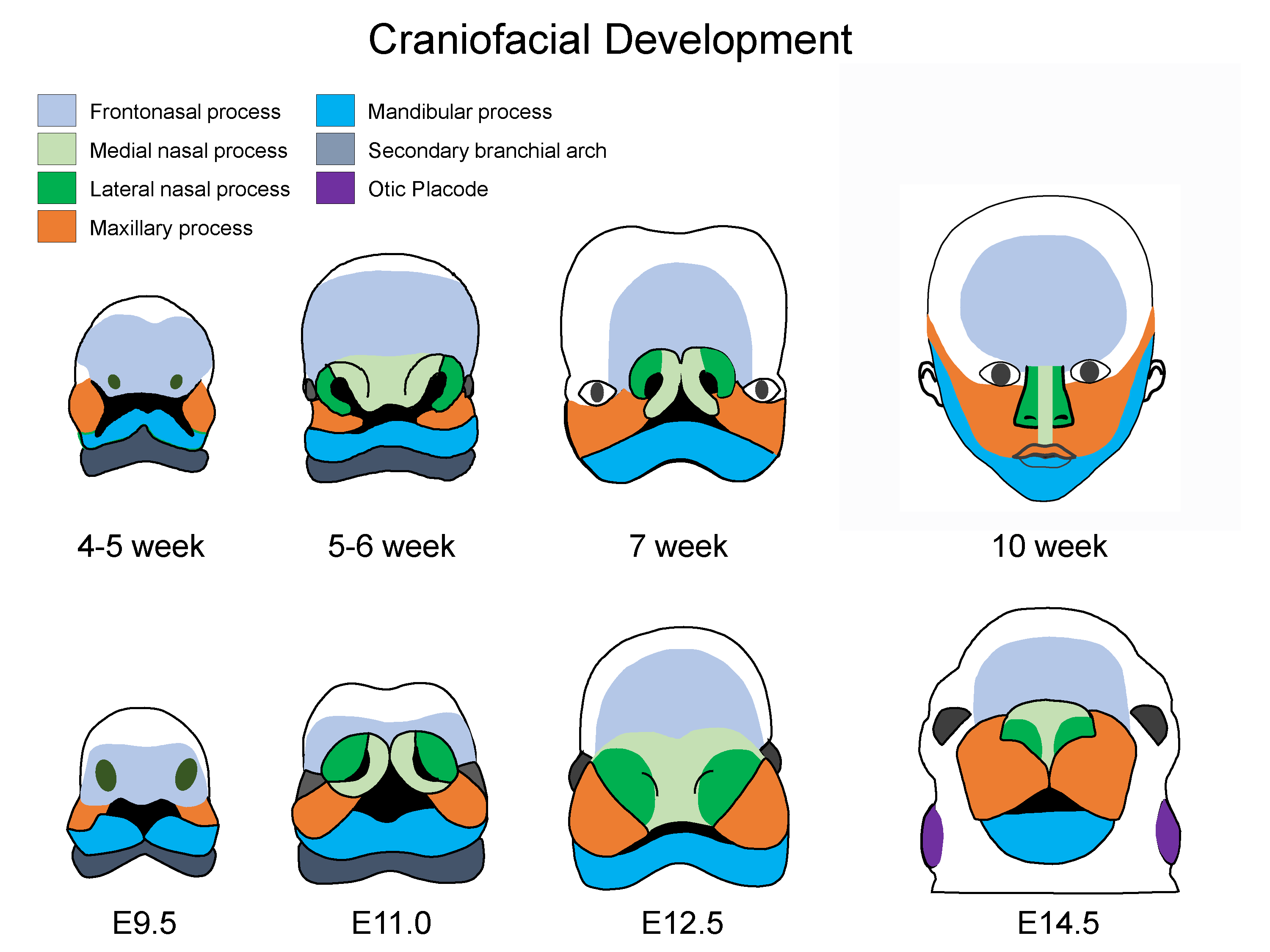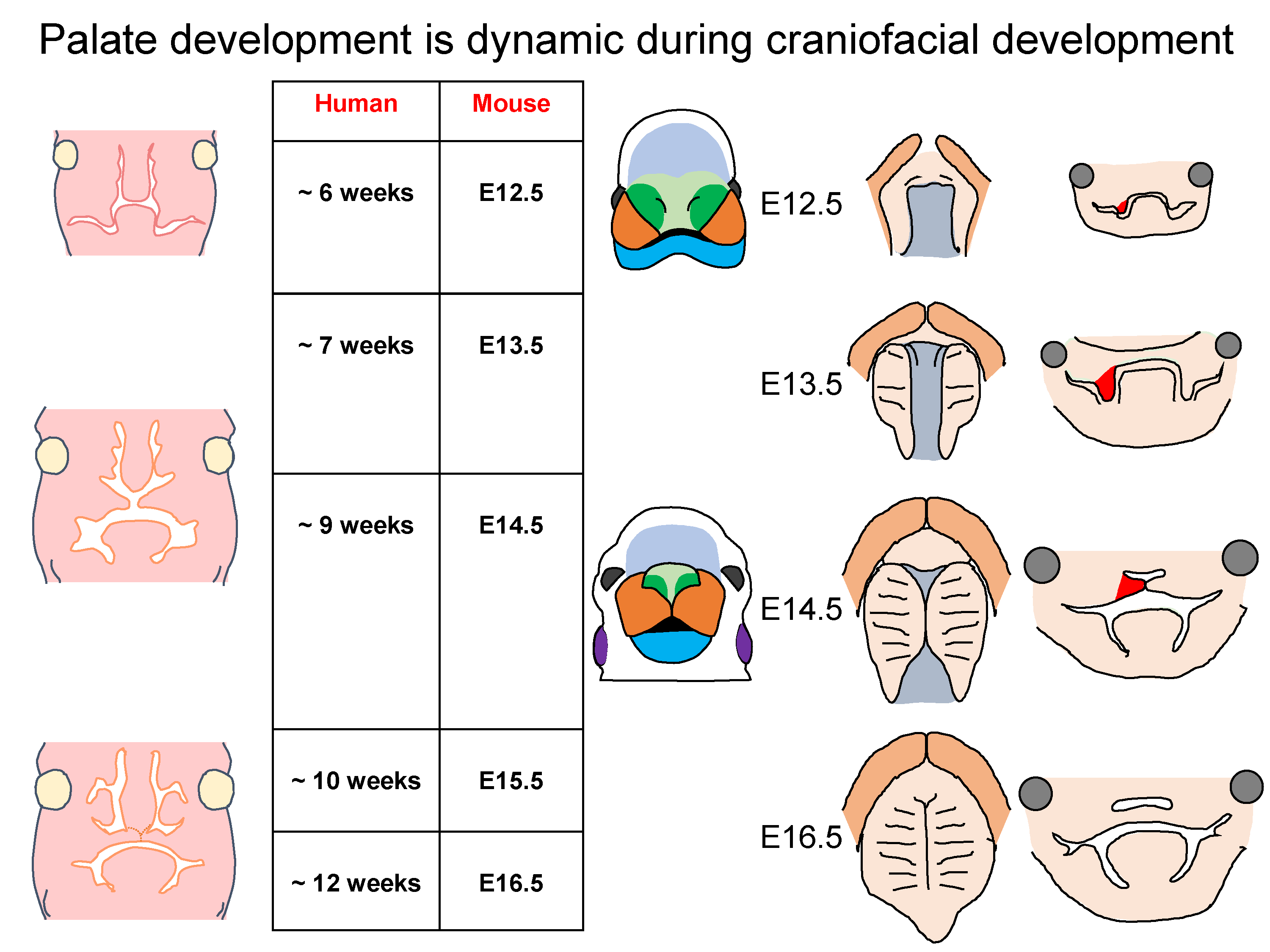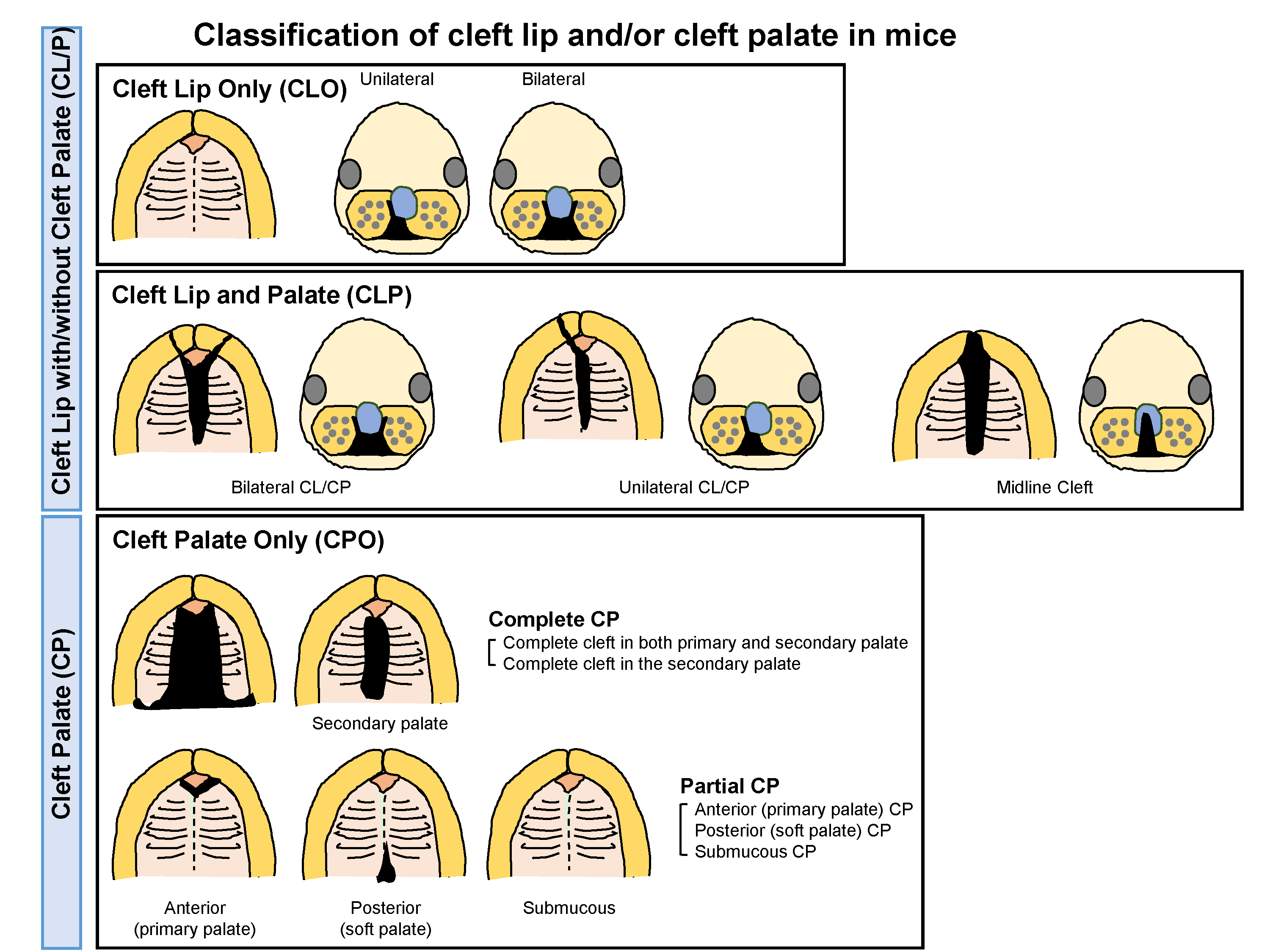
Cleft lip with/without cleft palate (CL/P) is one of the most common birth defects with a prevalence of around 1/700 live birth worldwide. A wide array of genetic and environmental risk factors have been identified in CL/P through genetic and epidemiologic studies. CleftGeneDB is the first comprehensive database for genes associated with CL/P in humans and mice. The CleftGeneDB displays the cleft genes (originally identified in either humans or mice), which are annotated in 10 eukaryotic species, and the information (e.g. network, KEGG, GO, microRNA) from bioinformatic analyses. Thus, the CleftGeneDB can serve as a useful multi-species resource for the study of craniofacial development and craniofacial birth defects. CleftGeneDB will be updated and expanded to the other craniofacial birth defects.


